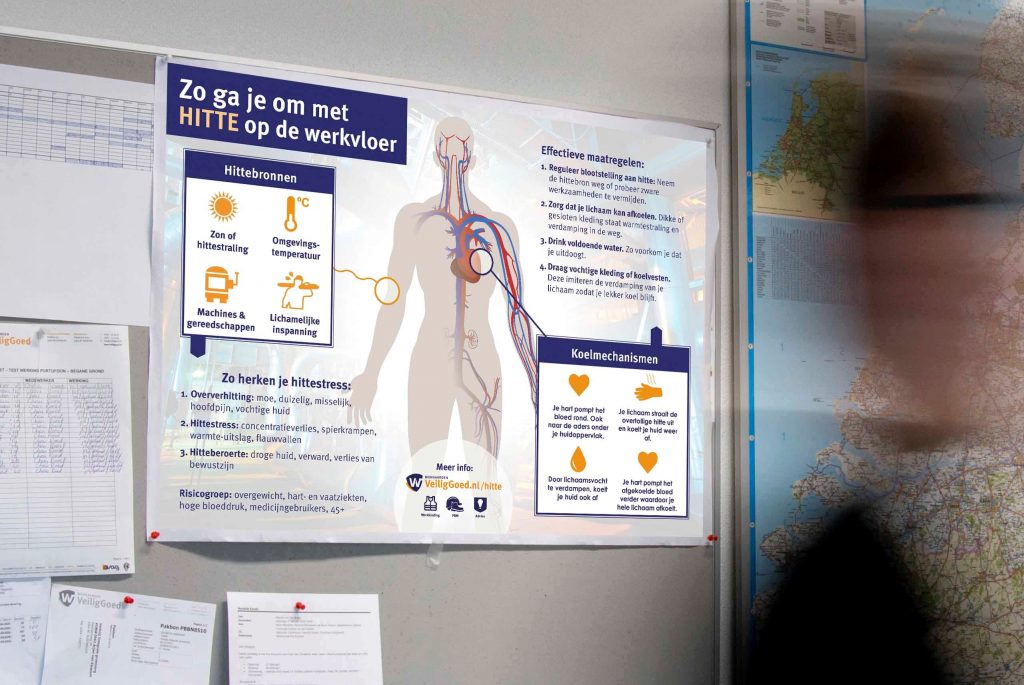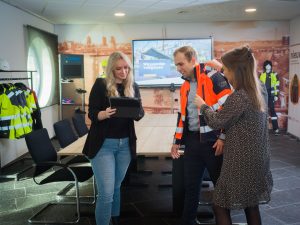 Recently, I visited a logistics company. Here, staff walked on heavy, waterproof shoes. The result? Tired and smelly feet every day. Many companies have a standard for personal safety. Strange, because nobody is standard.
Recently, I visited a logistics company. Here, staff walked on heavy, waterproof shoes. The result? Tired and smelly feet every day. Many companies have a standard for personal safety. Strange, because nobody is standard.
Other example: I joined a company where people worked with cut-resistant gloves. Fine right? But they were used for sorting blunt frontals. So there was no cutting risk at all. Rather, there was a risk of hypothermia since it was done outdoors.
This is what we call overprotected working. Awkward, unpleasant and pricey. Overprotected working limits you in everything except cost. So: how can we prevent this?
Overgeneralisation limits you in everything but cost.
Step 1: risk inventory & PPE scan
Do not choose something just because it is the way it should be. First determine which persons come into contact with which risks. This has often already been laid down in an RI&E. You can usually classify these people into job groups. Determine which risks require PPE. That way, you have a clear rationale as to why you choose which PPE. A PPE advisor can go deeper into a specific risk. He knows from experience what the regulations are, but also which solutions are most effective.
Step 2: Critical selection
Then comes the moment when you choose the PPE. Here, make an efficient choice per job group. This way, you avoid selecting a different package for each individual or imposing one standard on everyone. Do not lose sight of personal safety when doing this. After all, the selected PPE must meet the minimum standard requirements.
Step 3: Test & Implementation
Now that you have made the choice, it is wise to have it tested first. Your colleagues on the shop floor will soon have to work with it. Here, you should mainly look at wearing comfort and freedom of movement. Employees do not want to be hindered by their PPE. Therefore, it is sometimes good for them to express their preference over 2 or even 3 options.
If your colleagues are satisfied, you can implement it. If PPE use is an issue within the organisation, it is wise to pay extra attention to it, through newsletters or instructions. A toolbox is highly recommended when using new PPE. 40% of PPE is in fact used incorrectly.
Step 4: Evaluation and optimisation
Everything is in flux: technology, legislation and, last but not least, your organisation. So regularly review PPE packages with your warehouse manager. Your user package can sometimes be efficiently narrowed down and sometimes new solutions emerge that replace or even combine old PPE.
Christian van de Vreede
PPE advisor





